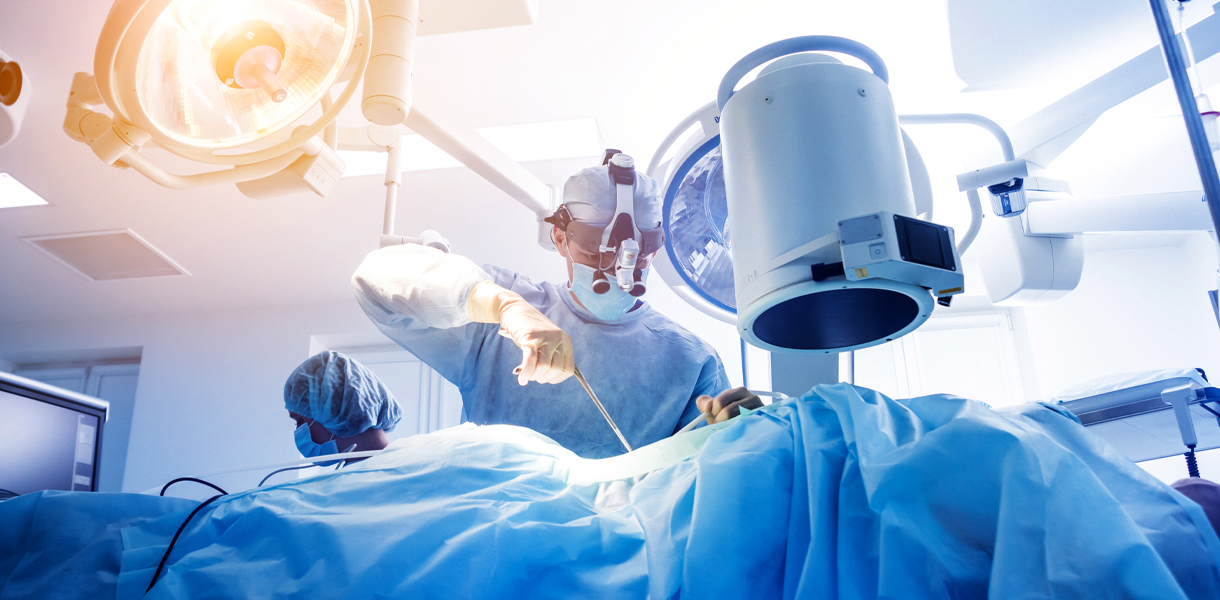Diagnostics
Diagnostics is the process of identifying a disease, condition, or injury based on a patient's
symptoms, medical history, physical examination, and the results of various tests. Accurate
diagnostics are crucial for determining the appropriate treatment and managing a patient's
health effectively.
Purpose of Diagnostics
The primary purpose of diagnostics is to:
- • Identify the cause of symptoms: To determine what is causing a patient’s symptoms,
whether it’s an infection, chronic disease, injury, or other health issue.
- • Guide treatment decisions: Accurate diagnosis helps healthcare providers choose the most
effective treatment plan.
- • Monitor disease progression: Diagnostics can track the course of a disease and assess how
well treatments are working.
- • Screen for diseases: Diagnostic tests can be used for early detection of diseases, even
before symptoms appear.
Types of Diagnostic Methods
There are several methods used in diagnostics, including:
- • Clinical history and physical examination: The first step in diagnosis involves
discussing symptoms, medical history, and conducting a physical exam to gather initial
clues.
- • Laboratory tests: Blood tests, urine tests, and other lab tests can detect infections,
measure organ function, and identify markers of disease.
- • Imaging tests: Techniques like X-rays, CT scans, MRIs, and ultrasounds create images of
the inside of the body to help detect abnormalities.
- • Biopsy: A sample of tissue is taken from the body and examined under a microscope to
diagnose conditions like cancer.
- • Endoscopy: A procedure that uses a flexible tube with a camera to view the inside of the
body, such as the gastrointestinal tract.
- • Genetic testing: Analyzes DNA to identify genetic disorders or predispositions to certain
diseases.
Importance of Accurate Diagnostics
Accurate diagnostics are essential for several reasons:
- • Timely treatment: Early and precise diagnosis allows for quicker intervention, which can
improve outcomes and reduce complications.
- • Personalized care: Diagnostics can help tailor treatment to the specific needs of the
patient, increasing its effectiveness.
- • Preventing unnecessary treatments: Proper diagnosis can prevent the use of unnecessary or
harmful treatments that may be ineffective or counterproductive.
- • Public health: Diagnostics play a key role in controlling the spread of infectious
diseases by identifying cases quickly.
Challenges in Diagnostics
Some challenges in diagnostics include:
- • Complexity of symptoms: Some diseases present with vague or overlapping symptoms, making
diagnosis difficult.
- • Access to technology: Not all patients have access to advanced diagnostic tools, which
can delay diagnosis and treatment.
- • False positives/negatives: Diagnostic tests are not always 100% accurate, and errors can
lead to misdiagnosis or missed diagnosis.
Outlook
Advances in diagnostic technology, such as artificial intelligence, molecular diagnostics, and
telemedicine, are improving the accuracy and speed of diagnoses. As these technologies evolve,
they hold the promise of more personalized and effective healthcare, leading to better patient
outcomes and overall public health.
